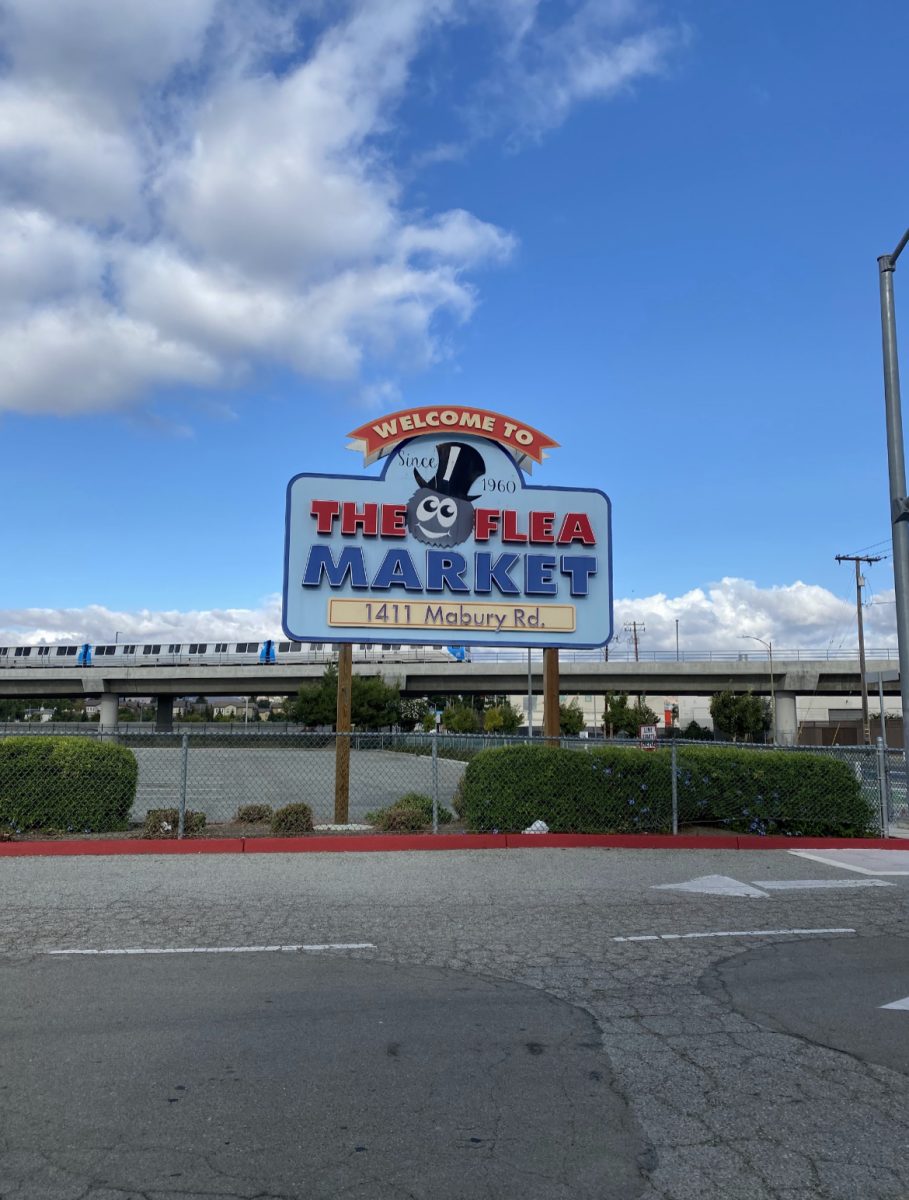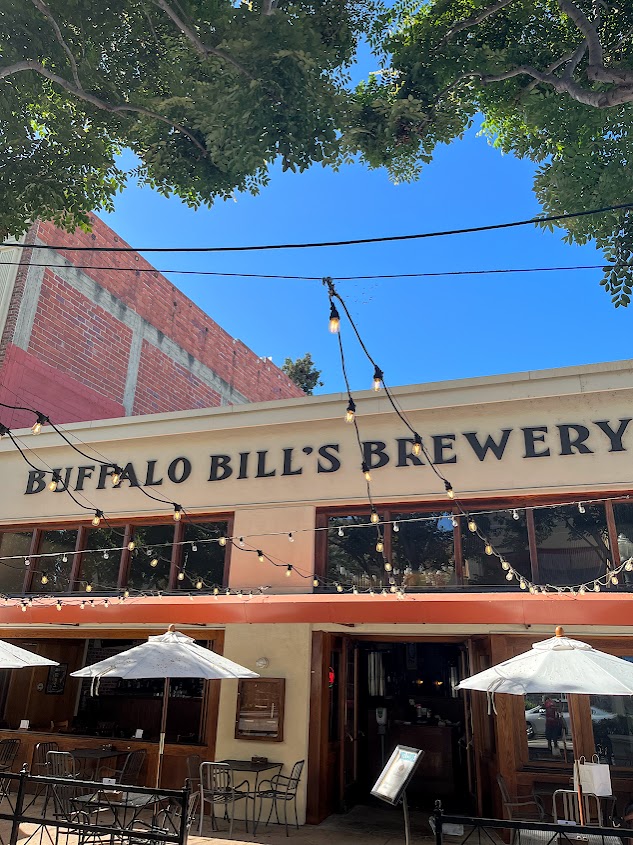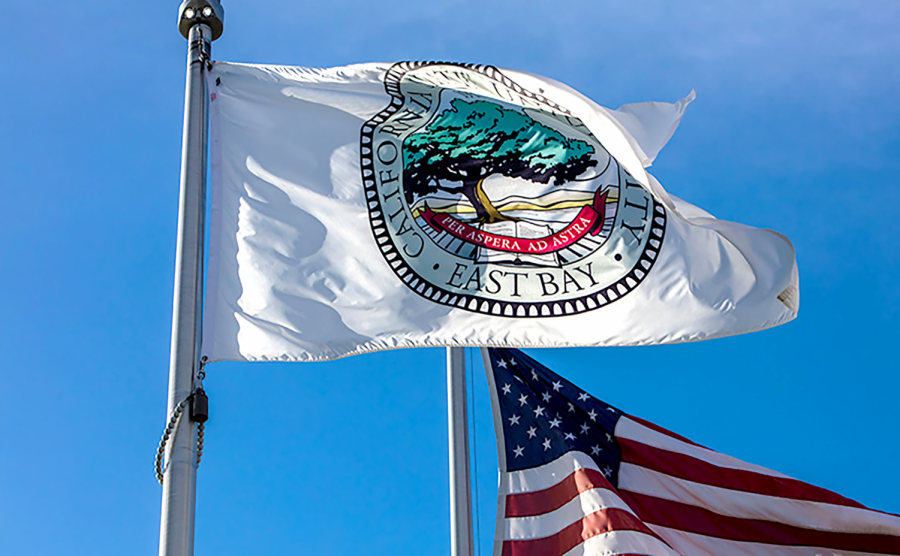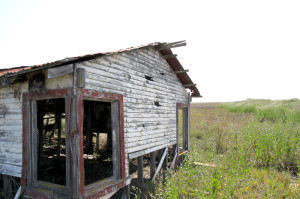
stilts to mitigate the effects of the tides.
Buried amongst the pickleweed, flowering bushes and switchgrass in south Fremont, out past the mud sloughs and salt ponds, lies the remnants of the Bay Area’s only ghost town.
The town of Drawbridge, formed in 1876 and abandoned since 1979, was created out of the need for an operator to mind the two drawbridges over the mud sloughs that allowed shipping vessels to pass through.
At its high point, the railroad that ran through it made five train stops daily, dropping off visitors to enjoy the local offerings; during the Prohibition era, its remote location made it perfect for housing speakeasies and even brothels.
During the late 1920s, neighboring communities began pumping fresh water out of the sloughs, mostly to water the orchards of the South Bay but also caused the entire town to sink. Raw, untreated sewage was dumped in the area as well, contaminating much of the remaining water sources.
Today, the entire town is owned by the Don Edwards San Francisco Bay National Wildlife Refuge (DESFBNWR), and is part of a massive wetland restoration effort.
Trekking through miles of marshland, salt ponds and high grasses or following along the railroad track where Amtrak trains still barrel through daily are the only routes into the town, both of which are illegal, as it is currently off-limits to the public. Occasionally, the DESFBNWR will host trips for students and visitors out to the town.
The rare visitor is greeted by an array of dilapidated structures, ranging from one-room shacks to multi-room palaces of the marsh; almost all of them are tagged with the work of local graffiti artists.
High grasses envelop most of the buildings, while inside they are slowly filling with the marshland mud that the entire town is steadily sinking into. Some of the interiors are graced with the prose of some visiting poets, while others are simply bent and broken, almost completely rotted.
It’s still relatively easy to make out where kitchens, washrooms and bedrooms would have been laid out, but the marsh is making its presence known.
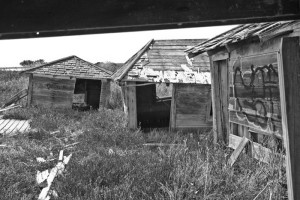
“The end effort is basically that it will fall down, the wood will decay, and it will just be marsh again,” said Eric Mruz, manager of DESFBNWR. “It is all good marsh habitat, we’ve restored some of those island ponds.”
A large amount of debris and litter accumulates along the shores of the ponds and creeks, as it is a major depository of the entire Bay. What can be found on the dry land, however, are new geese nests filled with eggs, juxtaposed with several empty, rusted canisters of steel shot, used for hunting fowl.
Although letting the marsh reclaim the straggling frameworks of the abandoned shacks seems like a do-nothing plan, the results of the plan could be extremely beneficial.
Chris Kitting, a professor of biological sciences at CSU East Bay, says it’s imperative those wetlands are protected and left alone.
“There are endangered species there, the best population of California clapper rails and the largest population of salt marsh harvest mice that are unique to San Francisco Bay,” said Kitting, noting the salt marsh harvest mouse would become extinct if it disappears from the area.
It is not a common occurrence that a community like the Bay Area gets the opportunity to view the return of lands to the natural state, as is happening in Drawbridge, and only time will tell if the once flourishing marsh will return to prominence.






